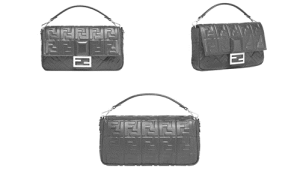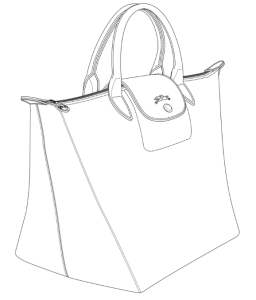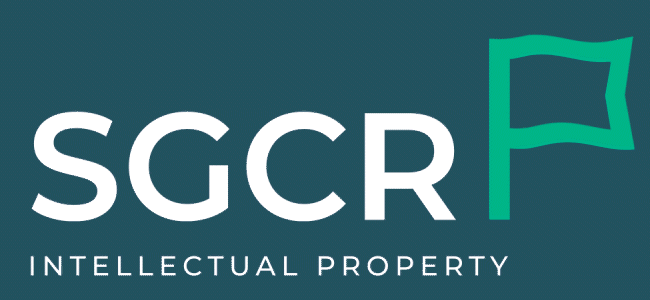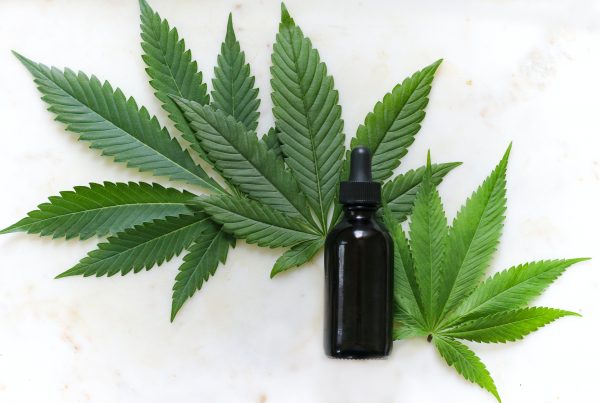
The crucial role that IP plays in the Fashion Law field
The fashion industry is based on the permanent emergence of ideas, designers’ creativity and the imagination that is embodied in their creations, thus the existence of a strong concern with the possibilities of protecting them.
Being an industry characterized for short-lived trends and seasonal collections, Intellectual Property strategies need to be well thought out in order to safeguard the creators’ interests, bearing in mind the type of product we intend to protect. Some of the important questions in this process are: whether a product demands a short or long-term protection; what is the profitability of the product once sold; what does that product represent for the brand – is it capable of distinguishing the brand in the market from its direct competitors?…
This urge in protecting fashion creations arises from a deep-rooted phenomenon in fashion: the copy or imitation. This is a cyclical phenomenon that tends to move in a pyramidal structure where fashion brands are organised: designer and luxury brands drop collections and products in the market, preceded by complex creative processes and investments, which are then copied (sometimes just the concept and other times the whole product) by fast fashion brands collections, dropped in record time and with unbeatable prices.
You have certainly come across products traded in those shops that are extremely similar or even identical to luxury creations or even, unfortunately, to small designers, artists, and entrepreneurs’ creations.
Intellectual Property Law plays a major role when acting against this phenomenon, namely via Trademark Law, Design Law and Copyright Law.
Trademarks
Trademarks have the legal function to indicate the commercial origin of the product that contains it, protecting, primarily, brands’ names and logos. Nevertheless, trademarks also allow us to protect the external appearance of a product, if we succeed to prove that such appearance suggests its commercial origin. This was the case of the famous Louboutin red shoe sole or the famous Fendi Baguette Bag (EU Trademark nº 018074673, below).
 Getting a successful registration of a shape, pattern, position or even colour trademark is not an easy task. But it is possible, and there are several successful cases related with fashion trademarks, using the right and adequate strategies. Some well-known examples of successful registrations are:
Getting a successful registration of a shape, pattern, position or even colour trademark is not an easy task. But it is possible, and there are several successful cases related with fashion trademarks, using the right and adequate strategies. Some well-known examples of successful registrations are:
- The famous dispute Louboutin faced while attempting to register the red shoe sole (EU Trademark nº 8845539, below),
- Longchamp’s success in registering the shape of Le Pliage bag after adding their logo to the shape’s illustration (EU Trademark nº 013928528, below, a partial view), and,
- Hugo Boss’s success in registering a set of colours as a trademark (EU Trademark nº 018526913, below, described as “light brown at the top, white in the middle, black at the bottom”).



Successfully obtaining a shape trademark registration (and other trademark types that protect certain characteristics of a product), though complicated, is valuable. These are rights that can be indefinitely renewed, unlike designs or models. When referring to a product’s characteristics that rendered it into the “brand’s image” of the company (the case of the examples given above), even if it was the result of a long process, the register is worth to consider as a strategy of protection of fashion creations.
Designs
Design rights (sometimes called “design or models”) are, often, the heart of fashion creations legal protection: these are the rights thought for protecting the external appearance of the products.
European Design Law provides for two different types of design rights: the Registered Community Designs and the Unregistered.
Registered Designs legal protection may last until 25 years and is, usually, stronger than the one granted by Unregistered Community Designs, in the event of dispute. There are registration costs for every design individually considered, therefore, these rights are suitable for products that have a long durability, timeless character or in need of a long-term protection. The design’s registration can be sought until one year after its disclosure to the public, so, the designer, after dropping his creations in the market and obtaining their return by the consumers, might be able to perform an evaluation between the need of registering the design, considering the future of that specific creation in the fashion market.
As for Unregistered Community Designs, their protection lasts for 3 years counting from the date when the design was first disclosed to the public. This is an automatic right (if all the requirements for protection are fulfilled) without registration costs, thus, suitable for items that will quickly be outdated by new trends, with limited durability, namely, most of the pieces that compose seasonal collections.
In conclusion, the fields of application of intellectual property rights to the fashion industry are wide and complex and, remain essential rights and assets in a fashion company’s economic structure.
Using the right intellectual property strategies, legal protection of fashion creations can be successfully obtained as well as the defence of those rights through the work of an experienced team conscious of the defence mechanisms available to support issues related to oppositions, infractions, and counterfeiting.
Leonor Silveira (lms@sgcr.pt)




